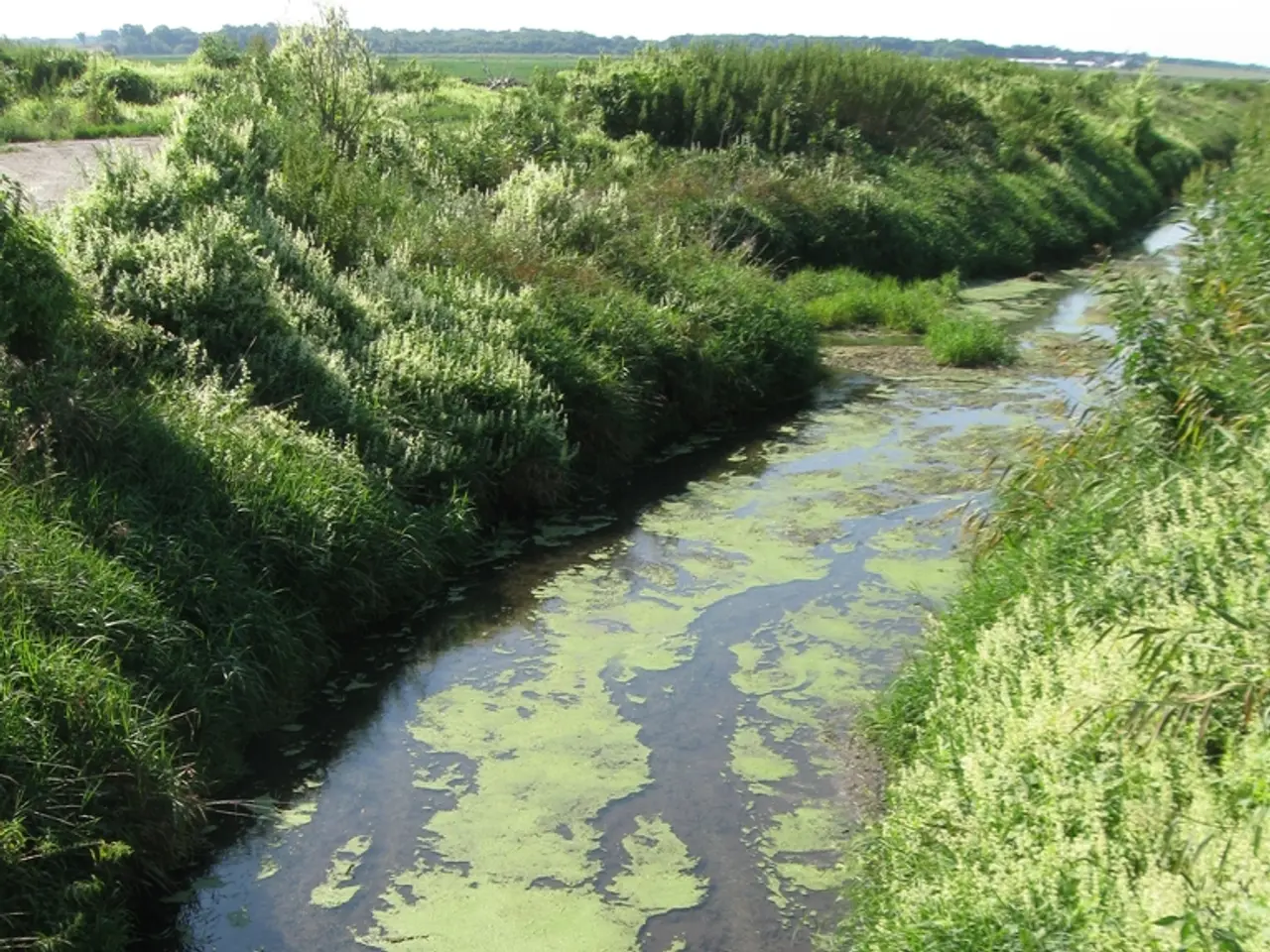Restoring Life to Oruarangi Stream: Efforts Led by Students
In South Auckland, a unique participatory science project is underway to revitalize the Oruarangi Stream. This initiative, involving students from Aorere College, Makaurau Marae, Wai Care, NIWA, and Ngā Pae o te Māramatanga, is focused on restoring the mauri—the life force or vitality—of the stream.
Purpose and Focus
The project aims to engage the local community, particularly rangatahi (young people) from Aorere College and members of Makaurau Marae, in hands-on scientific investigation and environmental restoration activities. It combines traditional Māori knowledge with contemporary scientific techniques to improve the health of the Oruarangi Stream.
How It Has Worked to Restore Mauri
- Monitoring and Data Collection Participants monitor water quality, biodiversity, and other ecological indicators in the Oruarangi Stream using tools and methods provided by NIWA (the National Institute of Water and Atmospheric Research) and Wai Care. This data helps identify sources of pollution and areas where the stream’s health is compromised.
- Community Engagement and Education By involving rangatahi and local iwi (tribal groups) in the research process, the project fosters a deeper understanding of the environmental and cultural significance of the stream. It encourages stewardship and empowers the community to take ownership of restoration efforts.
- Cultural Integration Ngā Pae o te Māramatanga, New Zealand’s Māori Centre of Research Excellence, supports the integration of mātauranga Māori (Māori knowledge) into the scientific approach, ensuring that restoration respects and revitalizes the cultural essence and spiritual wellbeing (mauri) of the ecosystem.
- Restoration Activities Along with scientific monitoring, the project facilitates practical restoration activities such as planting native vegetation, removing invasive species, and improving stream habitats to support aquatic life and catchment health.
Outcome
The collaboration has led to improved ecological conditions in the Oruarangi Stream and revitalized the mauri of the waterway by blending scientific methods with Māori cultural values and community-driven restoration. This model strengthens environmental guardianship while reconnecting people to their local waterways.
Notable Findings
- Some macroinvertebrate species, like mayflies and caddisflies, are sensitive to physical and chemical changes to their habitat and serve as indicator species.
- pH measures the acidity or alkalinity of the water, with an optimal range for many aquatic species between 7.0 and 9.0.
- Manaaki Whenua - Landcare Research has an online Freshwater invertebrates guide to assist community groups with monitoring freshwater invertebrates in New Zealand.
- NIWA has an online Stream Health Monitoring and Assessment Kit that enables non-scientists to collect consistent, scientifically valid information from small rural streams.
- Standard water-quality indicators such as water clarity, pH, temperature, and streambed type are measured on site.
- The streambed substrate (soft or hard bottom) influences the types of organisms that live in a stream, with soft-bottomed, muddy streams having a slower flow and more plants, and stony, gravelly, hard bottoms supporting a more varied invertebrate community.
- A diverse species count of macroinvertebrates can be an indication of good water quality.
Funding and Collaboration
- The project received funding from the South Auckland pilot of the Participatory Science Platform, which is part of the Curious Minds initiative and funded by the Ministry of Business, Innovation and Employment.
- The South Auckland pilot of the Participatory Science Platform was managed by COMET Auckland, a council-controlled organization of Auckland Council and an independent charitable trust.
- COMET Auckland hosts the Auckland STEM Alliance, which leads the pilot in South Auckland and brings together businesses, educators, and government.
History and Challenges
- In 2013, over 1,000 litres of methyl violet dye spilled into the Oruarangi Stream, causing devastation to the freshwater and marine life.
This project serves as a powerful example of community-led conservation efforts, demonstrating the potential for local knowledge and scientific expertise to work together for the betterment of our environment.
- The participatory science project in South Auckland, focused on revitalizing the Oruarangi Stream, is an integration of environmental-science, education-and-self-development, and personal-growth, as it educates rangatahi and the community about the importance of the stream while promoting hands-on learning and fostering a sense of stewardship.
- As part of the project's focus on community engagement and education, they have employed monitoring and data collection techniques from NIWA and Wai Care to analyze the health of the Oruarangi Stream, offering opportunities for participants to learn about climate-change indicators such as water quality and biodiversity.
- Embracing the principles of both science and environmental-science, the initiative combines traditional Māori knowledge with contemporary techniques to ensure a holistic approach that encompasses the spiritual wellbeing (mauri) and cultural values of the ecosystem, opening pathways for personal growth and growth of the community.




